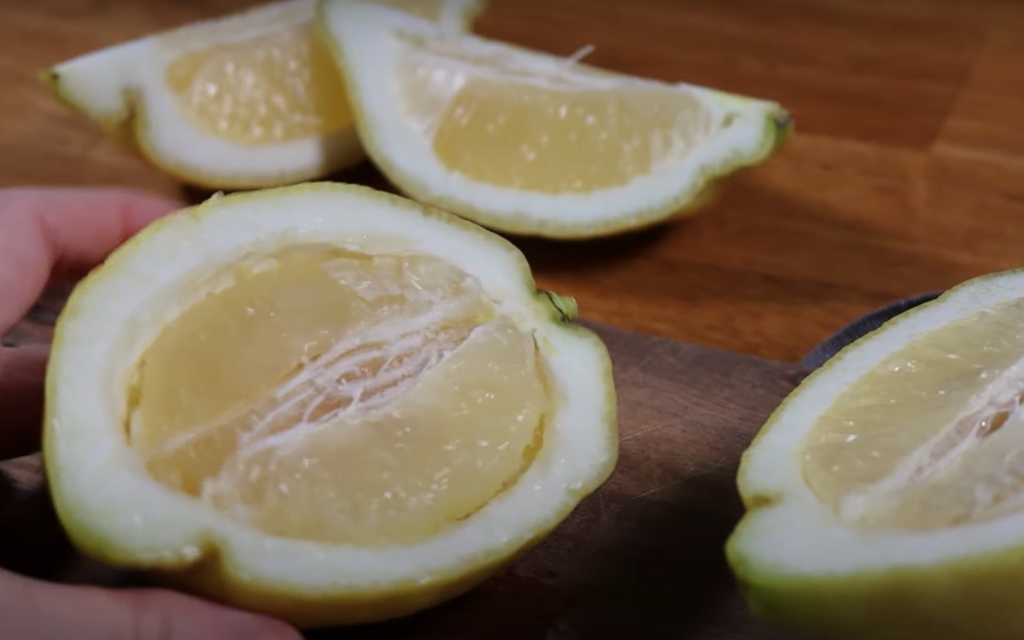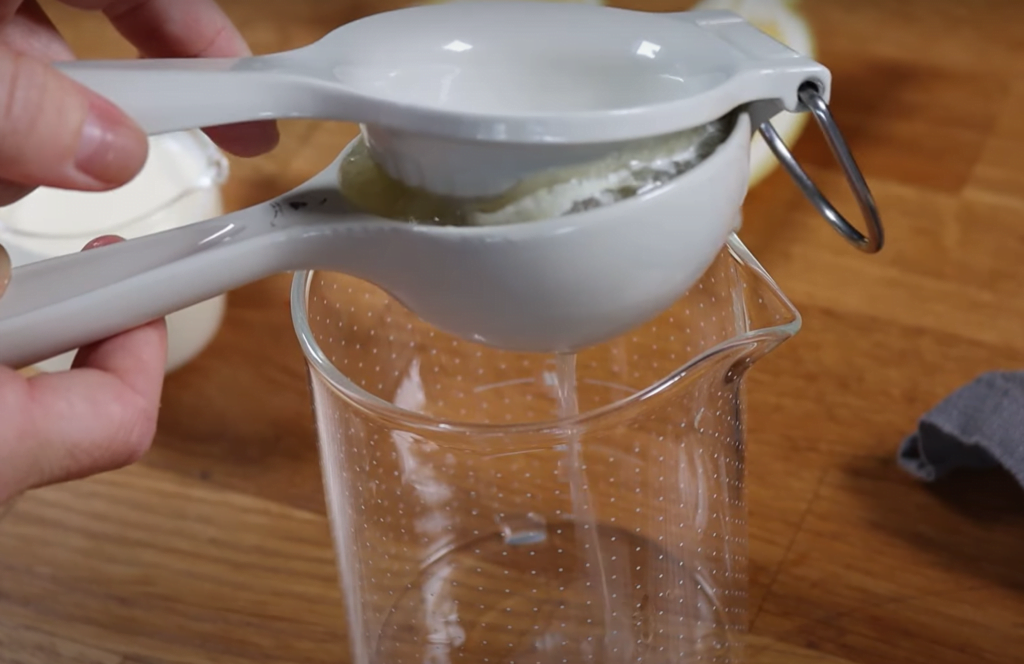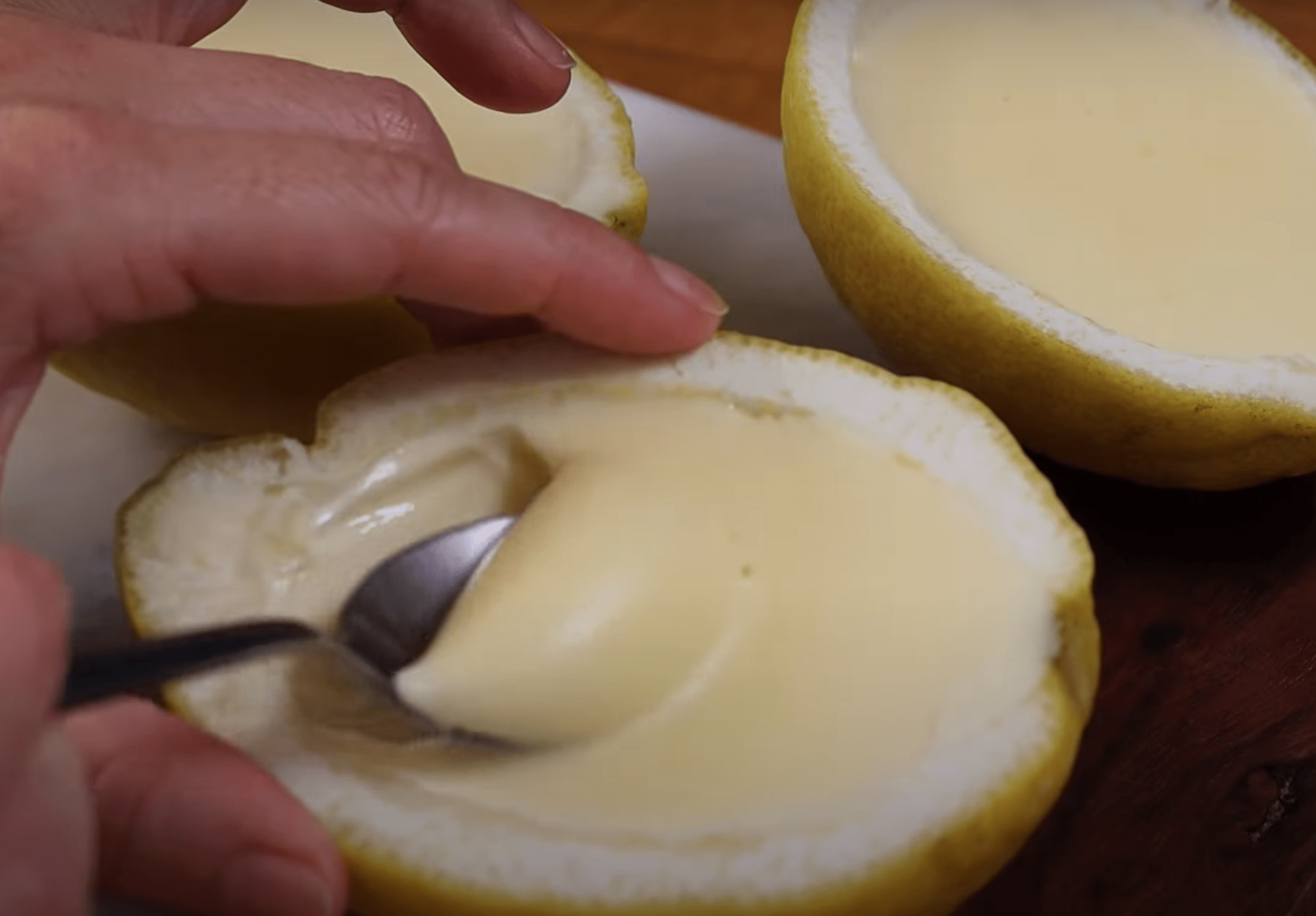Table of Contents
- Introduction
- What is Lemon Posset?
- Ingredients and Their Benefits
- Step-by-Step Guide to Making Lemon Posset
- Common Mistakes to Avoid
- Serving Suggestions and Garnishes
- Health and Nutritional Insights
- Variations of Lemon Posset
- How to Store and Reheat Lemon Posset
- Conclusion
Introduction
Lemon posset recipe is a classic British dessert that dates back to the medieval era. Known for its silky, custard-like texture and the perfect balance of tart and sweet flavors, this simple yet elegant dessert has become a favorite for dinner parties and family gatherings alike. The beauty of lemon posset lies in its simplicity—requiring just three ingredients—and its ability to impress with minimal effort. In this guide, we’ll walk you through the process of making the perfect lemon posset, ensuring that your dessert is smooth, creamy, and bursting with fresh lemon flavor.
What is Lemon Posset?
Lemon posset is a traditional British dessert made from cream, sugar, and lemon juice. Despite its luxurious texture, it doesn’t contain eggs or any thickening agents. The acidity from the lemon juice causes the cream to thicken naturally, creating a velvety smooth dessert that is similar to a custard or panna cotta. The flavor of lemon posset is bright and zesty, with the rich cream providing a wonderful contrast to the tartness of the lemon.
Originally, posset was a hot drink made with curdled milk, wine, or ale, and spices, believed to have medicinal properties. Over time, it evolved into the creamy dessert we know today, enjoyed by many for its simplicity and refreshing taste.
Ingredients and Their Benefits
The ingredients for lemon posset are straightforward, but each plays a crucial role in achieving the perfect texture and flavor.
- Heavy Cream: The base of lemon posset is heavy cream, which provides the rich, creamy texture. The fat content in the cream is essential for the dessert to set properly, so it’s important not to substitute it with lower-fat alternatives.
- Granulated Sugar: Sugar sweetens the posset and balances the tartness of the lemon. It also dissolves into the cream as it heats, contributing to the dessert’s smooth texture.
- Lemon Juice: Freshly squeezed lemon juice is the star of the show. It not only provides the dessert with its signature tartness but also causes the cream to thicken naturally. The citric acid in the lemon juice is what reacts with the cream to create that perfect consistency.
Understanding the roles of these ingredients will help you achieve the best results in your lemon posset.

Step-by-Step Guide to Making Lemon Posset
Step 1: Preparing the Ingredients
Begin by gathering all your ingredients. Since this recipe has only three main components, it’s essential to use the best quality you can find. Use fresh, heavy cream and freshly squeezed lemon juice for the best flavor. Measure out your sugar and juice your lemons, straining the juice to remove any seeds or pulp.
Step 2: Cooking the Cream
In a medium saucepan, combine the heavy cream and granulated sugar. Place the saucepan over medium heat and stir constantly until the sugar has completely dissolved. Continue to cook the mixture, bringing it to a gentle boil. Allow it to boil for about 2-3 minutes, stirring frequently to prevent the cream from scorching. This step is crucial as it allows the cream to thicken slightly and the sugar to fully integrate.
Step 3: Adding the Lemon
After boiling the cream and sugar mixture, remove it from the heat and allow it to cool for a minute. Slowly stir in the freshly squeezed lemon juice. As you mix, you’ll notice the cream starting to thicken almost immediately. This is due to the citric acid in the lemon juice reacting with the cream. Stir until the lemon juice is fully incorporated, ensuring the mixture is smooth and well-combined.
Step 4: Setting the Posset
Once the lemon juice is fully incorporated, pour the mixture into serving glasses or ramekins. Allow the possets to cool at room temperature for about 15 minutes, then transfer them to the refrigerator. Chill the possets for at least 4 hours, or until they are fully set. The result should be a perfectly smooth and creamy dessert with a delicate, custard-like consistency.




Common Mistakes to Avoid
Lemon posset is simple to make, but there are a few common mistakes that can affect the outcome.
- Using low-fat cream: Heavy cream is essential for the dessert to set properly. Using cream with a lower fat content may result in a posset that doesn’t set or has a grainy texture.
- Overcooking the cream: Boiling the cream for too long can cause it to curdle, resulting in a lumpy texture. Stick to the recommended 2-3 minutes of boiling time.
- Adding lemon juice too quickly: When adding the lemon juice, do so slowly and stir constantly. This ensures that the juice is evenly distributed and prevents the cream from curdling.
By avoiding these mistakes, you’ll ensure that your lemon posset turns out perfectly every time.
Serving Suggestions and Garnishes
Lemon posset is delicious on its own, but you can elevate the presentation with a few simple garnishes.
- Fresh Berries: Top your lemon posset with a handful of fresh berries like raspberries, blueberries, or strawberries. The tartness of the berries complements the creamy, sweet posset perfectly.
- Whipped Cream: Add a dollop of lightly sweetened whipped cream for an extra layer of indulgence.
- Candied Lemon Peel: For a touch of elegance, garnish with thin strips of candied lemon peel. The subtle sweetness and slight bitterness of the peel pair beautifully with the lemon flavor of the posset.
- Mint Leaves: A few fresh mint leaves add a pop of color and a refreshing contrast to the richness of the dessert.
These garnishes not only enhance the flavor but also make the dessert look stunning, making it perfect for entertaining.
Health and Nutritional Insights
While lemon posset is undeniably indulgent, it can be enjoyed as part of a balanced diet.
- Calories and Fat: As a dessert made primarily from heavy cream, lemon posset is rich in calories and fat. However, it’s also incredibly satisfying, which can help prevent overindulgence. Portion control is key when enjoying this rich dessert.
- Sugar Content: The sugar in lemon posset provides sweetness but also contributes to its caloric content. If you’re watching your sugar intake, you can reduce the amount slightly, but be aware that this may affect the texture.
- No Additives or Preservatives: One of the benefits of making lemon posset at home is that you control the ingredients, avoiding any unnecessary additives or preservatives found in store-bought desserts.
If you’re looking for a lighter version, consider serving smaller portions or pairing the posset with fresh fruit to balance the richness.
Variations of Lemon Posset recipe
While the classic lemon posset is perfect on its own, there are several variations you can try to mix things up.
- Orange Posset: Substitute the lemon juice with freshly squeezed orange juice for a sweeter, more mellow flavor. This version pairs beautifully with chocolate-based desserts.
- Lime Posset: For a more intense tartness, use lime juice instead of lemon. The bright, zesty flavor of lime gives the posset a tropical twist.
- Herb-Infused Posset: Infuse the cream with herbs like thyme, rosemary, or basil before adding the sugar. Strain the herbs out before adding the lemon juice to create a subtly flavored posset that’s both refreshing and unique.
- Spiced Posset: Add a pinch of spices like cardamom or ginger to the cream as it cooks for a warm, aromatic flavor profile. This variation is particularly lovely during the cooler months.
These variations allow you to enjoy lemon posset in new and exciting ways, depending on your mood and the occasion.
How to Store and Reheat Lemon Posset
Lemon posset can be made in advance, making it a convenient dessert for entertaining.
Storing Lemon Posset
Once the posset has set in the refrigerator, cover the serving glasses or ramekins with plastic wrap to prevent them from absorbing any odors. Lemon posset can be stored in the refrigerator for up to three days. However, it’s best enjoyed within 24 hours of making it, as the flavor and texture are at their peak.
Reheating Lemon Posset
Lemon posset is best served cold, so there’s no need to reheat it. If you find the posset has firmed up too much, you can let it sit at room temperature for a few minutes before serving to soften slightly.
Proper storage ensures that your lemon posset remains fresh and delicious for whenever you’re ready to enjoy it.
Conclusion
Lemon posset is a timeless dessert that combines simplicity with elegance. With just three ingredients, you can create a dish that’s both rich and refreshing, making it a perfect end to any meal. Whether you’re serving it at a dinner party or enjoying it on a quiet evening at home, lemon posset is sure to impress.
By following this guide, you’ll be able to create a creamy, perfectly set lemon posset every time. The step-by-step instructions, along with tips on avoiding common mistakes, will ensure your success. Plus, with the suggested variations and garnishes, you can customize your lemon posset to suit any occasion.

